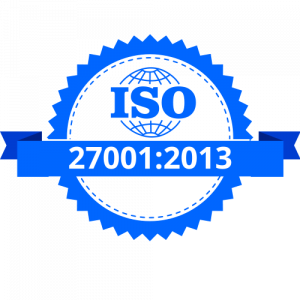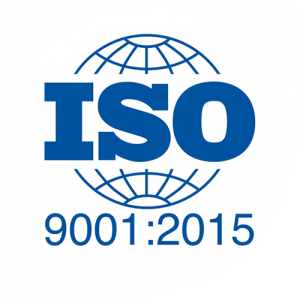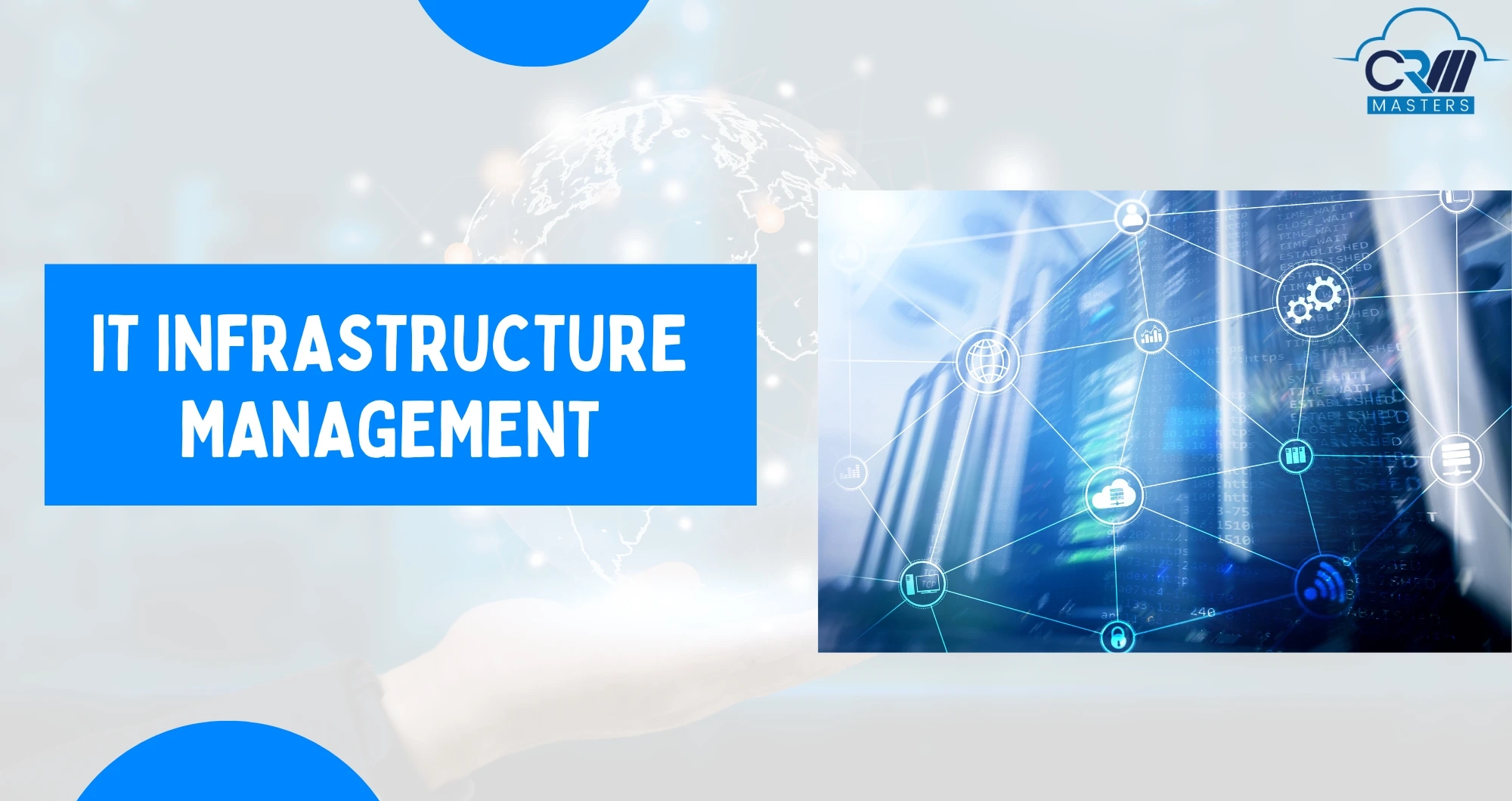
What is IT Infrastructure Management – A Beginner’s Guide for Businesses
Businesses largely depends on technology to run smoothly, boost productivity, and remain competitive. All of this revolves around IT infrastructure, which is the underlying components that support your company’s IT services, applications, and data. IT infrastructure management is critical for firms that want to optimize their technology operations and achieve optimal uptime.
In this blog, learn what IT infrastructure is, the importance of IT infrastructure management, and the essential components involved. Whether you’re new to IT infrastructure or looking for ways to optimize it, this guide will help you understand the basics and best practices for managing IT infrastructure.
What is IT Infrastructure?
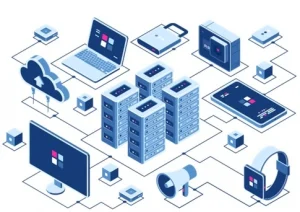
IT infrastructure is the collection of real and virtual resources essential for running IT services and solutions within an organization. These resources include:
- Hardware such as servers, computers, and storage devices.
- Software like operating systems and business applications.
- Networking tools such as routers, switches, and firewalls.
In short, IT infrastructure forms the backbone of an organization’s technology landscape, allowing businesses to store, process, and access data, applications, and systems crucial for everyday operations.
Responsibilities of an Infrastructure Manager
Each Infrastructure manager’s tasks will vary depending on several factors, like the shape of their organization’s networks and the infrastructure component they’re working on. But there are five board responsibilities that all IT managers will encounter no matter what:
1. System Security
System security encompasses all of the essential components required to ensure your infrastructure’s safety. These components include the installation of firewalls and antivirus software, the implementation of stringent password policies, the encryption of important information and communications, and the configuration and monitoring of warnings. Keeping track of this can be difficult if you do not automate your cybersecurity procedure initially.
2. Standards and Procedures
The IT manager establishes and enacts processes that ensure the organization correctly utilizes its IT. S&P mainly educates and enforces the company’s IT maintenance and security policies.
3. Performance Monitoring
Popular KPIs for IT monitoring include network performance (upload and download speeds, network latency), storage and utilization (RAM utilization, available storage space), and outage statistics (frequency, mean time to resolve, total downtime)
4. Documentation and Reporting
Adopting IT standards and practices is nearly impossible without a thorough documentation approach to monitor the performance of various infrastructure components. The IT manager is responsible for developing training materials, keeping track of and reporting on system performance, monitoring IT system logs, and composing incident reports in case of a security breach or issue.
5. System Development
An IT manager must develop and adhere to a comprehensive strategy for adopting new tools, particularly in large organizations or those that handle sensitive data. IT managers also create new systems as needed.
What is IT Infrastructure Management?
IT Infrastructure Management involves managing, maintaining, and optimizing the physical and virtual resources of an organization’s IT infrastructure. This includes ensuring all systems and services run efficiently, securely, and with minimal downtime. Proper IT infrastructure management is key to improving business continuity and system performance and minimizing security or hardware failure risks.
The goal of IT infrastructure management is to ensure that all components function together to support business objectives and deliver seamless services to employees, customers, and other stakeholders.
Their main aims to regulate and organize the procedures and activities associated with various technological operations. IT support companies guarantee the smooth functioning of all the platforms, offerings, and components.
The IT system management of a company assists in minimizing downtime and maintaining productivity if something goes wrong. In addition to providing hardware maintenance, you can expect it to offer significant data backup and recovery options
You can call it an assemblage of all the valuable IT elements and services required to run your business without flaws, which include but are not limited to:
- Hardware
- Software
- Network
- Security
- Energy consumption
- Mobile connectivity
- Virtual and Remote assets
- Datacenter
- Data storage facilities
- Infrastructure maintenance
- Service updates
Components of IT Infrastructure Management
1. Storage Management

Storage management involves overseeing data storage systems, ensuring data is stored securely, easily retrievable, and backed up regularly. Effective storage management is essential for data integrity and security, whether using onsite servers, cloud-based storage, or a hybrid model.
2. Systems Management

System management covers the administration of an organisation’s hardware, operating systems, and software applications. This includes regular updates, patch management, troubleshooting, and ensuring systems remain secure and functional. A robust system infrastructure is critical for optimal performance and to prevent costly downtimes.
Systems management activities for a CRM software may involve data connection with other systems, modification to fit unique business requirements, and regular maintenance to guarantee system health.
3. Network Management

Network management focuses on maintaining and optimizing an organization’s network infrastructure, including LAN (Local Area Network), WAN (Wide Area Network), and internet connections. Effective network management ensures smooth communication, secure data transfers, and stability.
4. Security

The security part includes everything needed to keep the hardware, software, network, and data systems safe. To make an organization safer, this includes setting up and handling things like building access, logins, configuration management, antivirus software, firewalls, file encryption, managed detection and response (MDR) solutions, and data replication.
5. Hardware Management
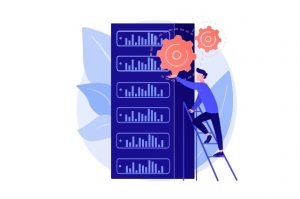
To maximize performance and availability, IT teams must conduct routine maintenance and updates on physical technology, such as servers, generators, CRAHs, UPSs, and personal computers; they must also monitor hardware performance, troubleshoot issues, configure systems, and manage refresh cycles. To prevent silos, organizations may also need to manage the integration of legacy systems into new deployments.
Benefits of IT Infrastructure Management
1. Increased Efficiency and Productivity
With effective IT infrastructure management, businesses can reduce downtime, streamline operations, and enhance the productivity of employees and departments. System performance is optimized, enabling faster execution of tasks and fewer disruptions.
2. Improved Security
A well-managed infrastructure helps protect sensitive data, mitigate risks, and ensure compliance with industry regulations. Organizations have a chance to avoid costly data breaches and security issues if they maintain a vigilant watch on their systems and implement security measures such as firewalls and encryption.
3. Cost Savings
Proactive infrastructure management helps identify problems before they cause significant disruptions, reducing repair costs. In addition, businesses can optimize resource allocation, ensuring they only invest in what is necessary for their IT needs. According to a 2021 Survey, organizations can reduce the cost by more than $300,000 per hour by 91% by managing the components of IT infrastructure.
5. Scalability
Management of your information technology infrastructure ensures that your system can scale as your company expands. Whether expanding your network, increasing storage capacity, or implementing new systems, managed IT solutions allow seamless integration of new technologies.
6. Efficiencies
Regulated infrastructure components will enable those allowed to access for physical safety. This implies that no other information centre visitors can physically handle your IT. They will also possess cameras inside and outside the facility and on-site personnel 24×7.
While it is feasible to create your internet security program, it will take ongoing monitoring to maintain your gateways and technology up to date. Outsourcing this task to a controlled infrastructure company can relieve your IT staff of this strain. They may even deal with distributed denial of service (DDoS) assaults where massive data risks being compromised.
7. Enhance the Customer Experience
Providing an unparalleled client experience is a vital differentiator for all businesses. Organizations with strong IT systems ensure that clients can quickly access their websites, engage with their teams, and purchase items.
Also Read Our latest Case Study:- Zoho People For IT Outsourcing Company
IT Infrastructure Management Best Practices
1. Regular Monitoring and Maintenance
Consistent monitoring of your systems, network, and storage is key to identifying potential issues before they escalate. Setting up alerts for performance drops, outages, or security vulnerabilities ensures quick intervention.
2. Automate Routine Tasks
Automating repetitive tasks such as system updates, backup procedures, and security scans can free up valuable time for IT teams, allowing them to focus on more complex problems.
3. Ensure Backup and Disaster Recovery Plans
A reliable backup and disaster recovery plan minimizes data loss and reduces downtime during unexpected events like system failures, natural disasters, or cyberattacks.
4. Adopt Virtualisation and Cloud Solutions
Using cloud based CRM services and virtualization technology you can boost scalability and flexibility, allowing firms to scale up or down as needed.
5. Keep Software Updated
Regular software updates, patches, and version upgrades help to eliminate bugs, improve performance, and enhance security. A proactive update schedule is a crucial element of IT infrastructure management.
Tools for Managing IT Infrastructure
Utilizing tools and technology to automate processes, optimize workflows, and have a deeper understanding of system performance and health is necessary for optimizing IT infrastructure management. Tools that can assist with is presented below.
1. Monitoring Tools
These tools provide continuous information about the functionality and health of servers, networks, apps, and storage units, among other components of IT infrastructure. They collect data on network activity, memory usage, CPU performance, resource consumption, and other parameters. By sending out notifications for anomalies or potential problems, these tools enable preventative action to be performed.
2. Configuration Management Tools
It automates network device, software, and server provisioning and configuration. This ensures consistency, reduces the likelihood of errors, and simplifies deployment and maintenance procedures. Configuration management tools may also track changes made to the IT infrastructure, which helps with troubleshooting and minimizes configuration drift.
3. Security Solutions
It protects IT systems and secures sensitive data. They comprise a range of technologies and solutions, including intrusion detection and prevention systems, firewalls, antivirus and anti-malware software, and vulnerability management tools
Why Businesses Need Infrastructure Managed Services?
Many companies find that managing their IT infrastructure is a complex and time-consuming task. That’s where infrastructure-managed services come in. Outsourcing your infrastructure management to a reliable service provider ensures that your systems are always up-to-date, secure, and performing optimally. Managed services also provide expert guidance, allowing your in-house teams to focus on other critical business areas.
With IT infrastructure management solutions, businesses can leverage cutting-edge technologies, benefit from expert support, and achieve greater operational efficiency—all while reducing the need for extensive internal resources.
Conclusion
Managing your IT infrastructure effectively is importance for a successful business. From storage management to network optimization, numerous components ensure your systems run smoothly. Adopting the right IT infrastructure management solutions and following best practices can safeguard your company’s data, reduce costs, and improve operational performance.
To ensure the best performance and security for your business’s technology stack, take best infrastructure-managed services to scale and succeed in an increasingly digital world.


